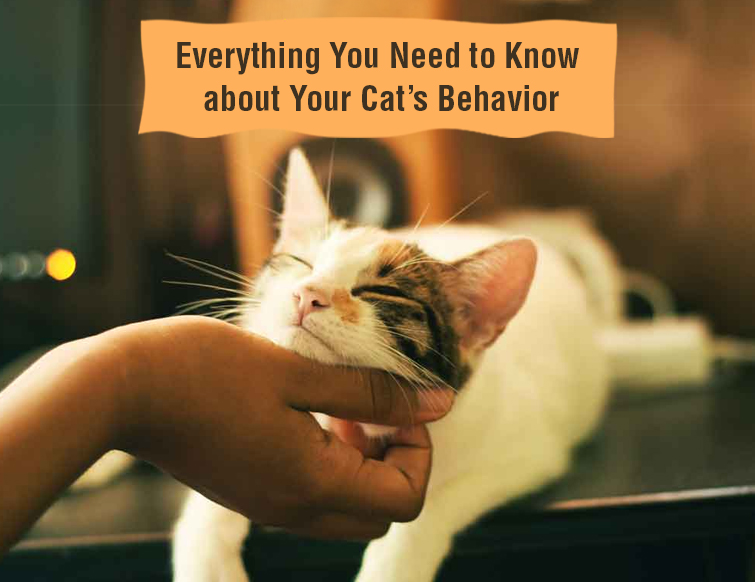Everything You Need to Know About Your Cat’s Behavior

Nobody knows better than you about your cat! Cats hide nearly everything (particularly pain), so you might not know that they’re suffering from some unpleasant sensation or pain. Their enigmatic behavior is a hold-up to their history when they lived in the wild instead of our living rooms. Back then, cats showing signs of sickness and pain stood out to predators, and masking their distress was a crucial survival tactic. In the safety of our living rooms, cats are more relaxed and are therefore likely to show signs of their discomfort.
At times, when cats are in unfamiliar places like a veterinarian’s examination room, it is unlikely that they will show symptoms of joint pain. That’s why your cat’s veterinarian depends on you to track changes in your cat’s actions for more accurate diagnosis. Just how well you know your cat—its personality, everyday behaviors, and dumb quirks—are important when it comes to their health. By this, you can discuss more clearly if you report anything that isn’t right for your lovely furry feline.
Establishing Your Cat’s Normal Behavior
Learning about and tracking the regular habits of your cat are the basis for your veterinarian’s visits every year. They want to know what’s natural for your cat as a reference point for blood-working, urine, weight and other health factors. An establishment of behavior baseline makes it much easier to detect a change—even minor changes in your cat’s day-to-day routine will show a possible major issue.
If you’ve known your cat since they were a baby, you can start developing a baseline of what’s normal as soon as you’d like. Taking short videos of your cat doing everyday things is a perfect way to monitor their actions over time.
If you have rescued or adopted your cat, that’s a little trickier. In this case, the initial baseline that you have developed through change as you and your veterinarian define treatment conditions, and you begin to see positive improvements from the baseline. In any case, your observations of how your cat acts at home are critical data for assessing the health and well-being of your cat.
Some important points to consider for establishing a baseline for your cat’s unique behavior:
- Stairs movement
- Jumping up and down from the counter
- Hunting and play
- Cat running
- Socializing
- Using the litter box
What’s Normal for Your Cat?
Cats, like humans, have distinct personalities and characteristics. There is also no definitive list of “natural” cat behaviors. While there are many typical feline behaviors, do remember each cat is unique and can behave in ways that are slightly different because of its personality, environment or mood. For example, purging, brushing, kneading and climbing are the most common cat behaviors. But each cat is going to participate in these behaviors differently. Pay attention to the actions of your cat and decide what is normal to your cat so that you can be aware of the odd behavior that might involve a trip to the vet.
Following are the most common cat characteristics that can be considered to be normal behavior.
- Kneading
- Head butting
- Territory marking with saliva (rubbing up on you with the corner of their mouth)
- Not covering up their poop in a shared litter box (a sign of dominance)
- Ability to care for themselves when falling
- Walking around with the tail sticking up
- Purring
- Twitching during REM sleep
- Grass eating
Getting a clear understanding of what’s normal for your cat ensures that you know when they’re not feeling well. Negative changes in these habits can lead to changes in energy, actions, vital signs, and even personality. It is advisable to address any behavior that varies from the above mentioned characteristics as soon as you notice, or you think it is not right for your feline furry friend.
There’s certainly not a single problem you’re going to have with your cat that your veterinarian or veterinary behaviorist hasn’t seen—and he’s helped to overcome. You don’t have to deal with resentment, and when things go wrong, you don’t have to give up your cuddly friend. Just armed with a little advice from the experts and a little patience, you and your cat friend will live together in perfect harmony.
